- Blog
- The importance of hatching in drawing l...
The importance of hatching in drawing learning
When we start learning to draw, we immediately want to draw our favorite character, with all possible and imaginable details, to make that work of art. But all learning is a process that begins with warm-up exercises and loosening the line, exercises that I consider essential and that, when properly mastered and practiced every day, greatly improve the result of the final drawing throughout the evolution of the designer.

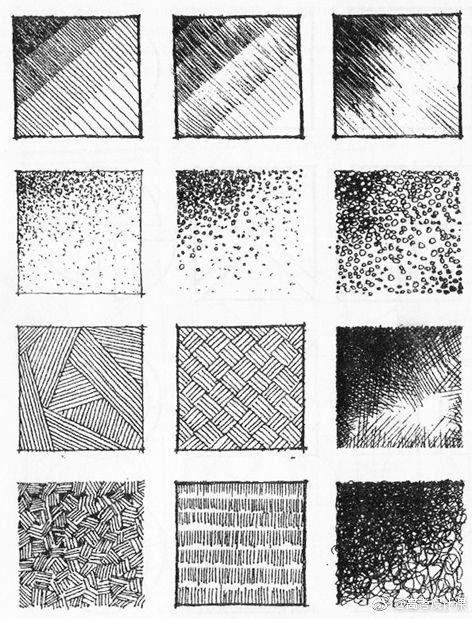
It doesn't matter if you go for traditional or digital drawing, for manga, or for European or American art, hatching is responsible for raising the drawing to a level above the beginner or amateur; hatches give the drawing a sense of depth, texture, movement, intensity, and even atmosphere depending on the context being told at the time of illustration, painting or comics.
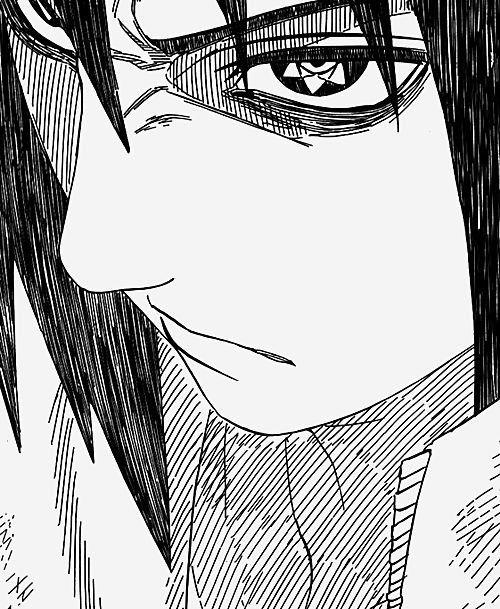

Hatching exercises develop the feeling of weight in the stroke, and as strokes are made in all directions and the most varied formats, they develop visual perception and the ability to make the stroke more fluid, in addition to introducing the designer to identifying textures and in the representation of elements, whether leaves, tree marks, light, and shadow, among many others.
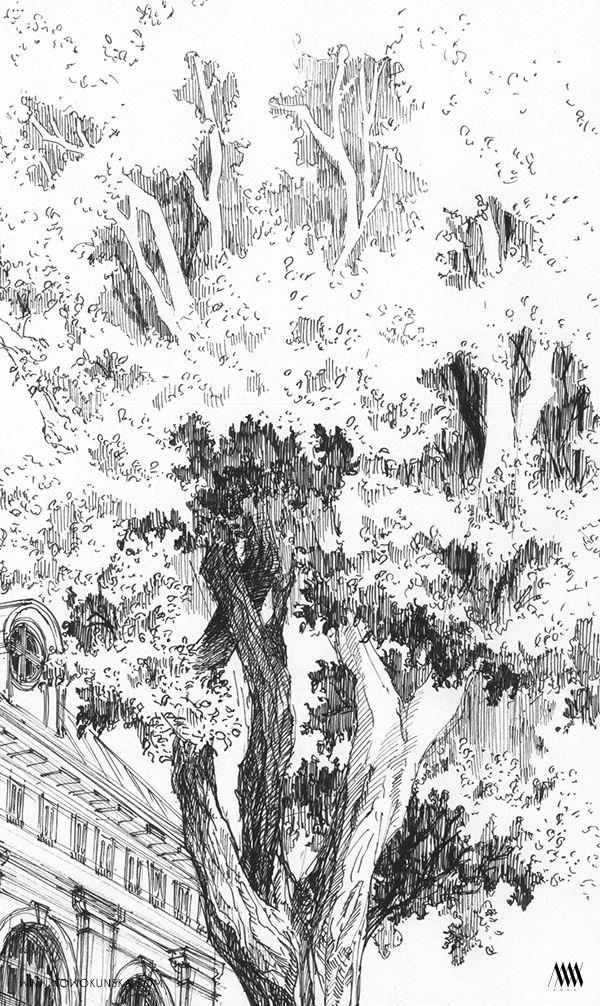
Even if you're one of those people who just want to draw digitally, there are times when you need to configure your brushes, and for that, the most creative way to do it is by going against the grain of downloading settings already made by other designers and trying to understand and creating according to your way of drawing, and think with me, how am I going to manage to configure this without even knowing the effect I want and the weight that this or that brush needs to have?
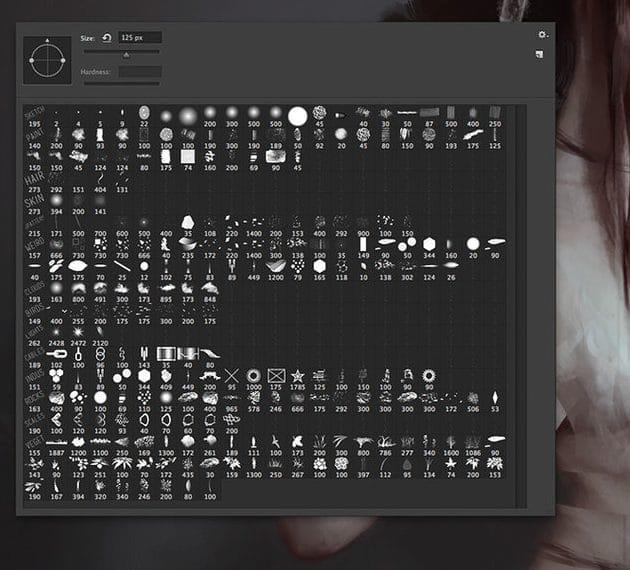
I am one of those who prefer to understand the essence of things and from there create and adjust what I learn and apprehend to my style of drawing. Using photos as a reference or simply walking around the city, developing your sense of orientation and perception of details will give you understanding and visual baggage when drawing. This even applies to hatches.
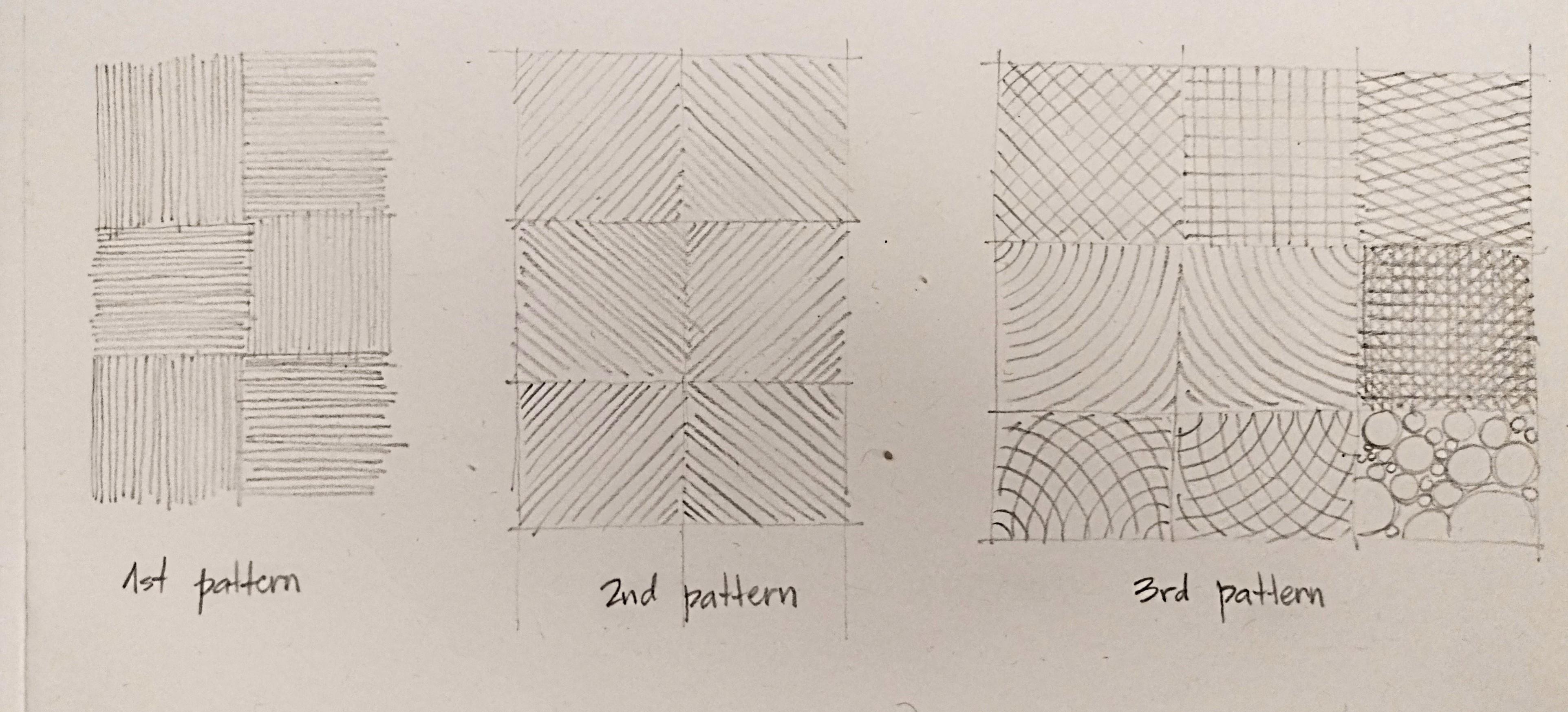
Start with a few strokes, imagine several squares and fill them in with lines; gradually add new lines in variable positions, then try with curves, then small circles, small squares, work with continuous lines, always look for fluidity, find the most natural path for your hand to draw.
Once that path is found, train the less natural way to work both hemispheres of your brain with it.
These exercises should be done every day, but you don't need to spend all day on them, otherwise, you might end up thinking that drawing is boring and that's not what I'm looking for here. You should spend at least ten to fifteen minutes in the beginning and you can even reach 30 minutes over time, as you master this process the applications in each drawing will be so natural that you won't even notice the time passing. Take it from me, my own experience.
All Illustrations used for academic proposes only, all rights reserved for the authors.

